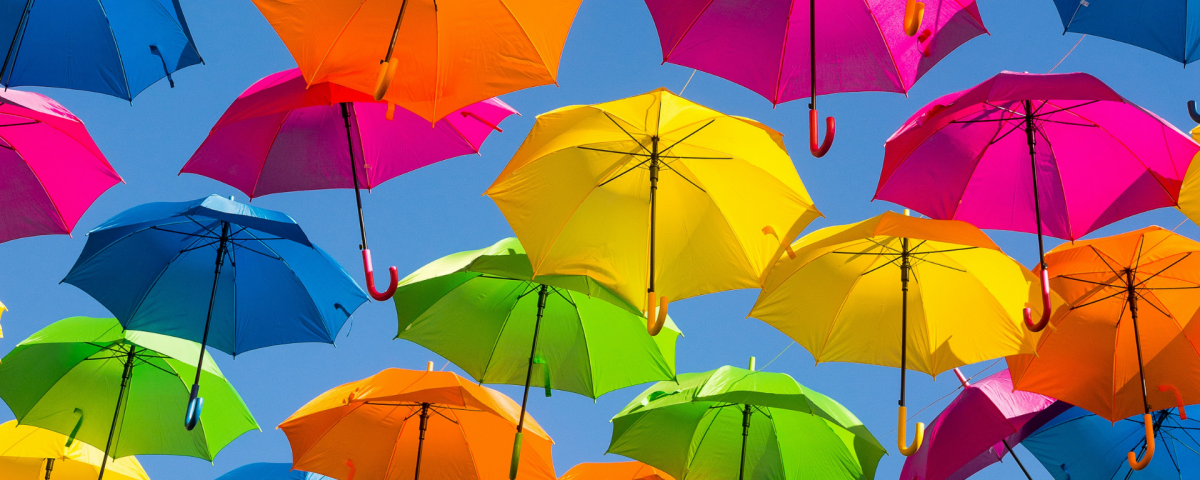- Have any questions?
- 888-432-8878
- steve@sebackground.com
Viewpoint: Optimizing Global Mobility’s Emergency Response Plans
February 11, 2021Ask HR: Do I Tell HR About a Rude Boss?
February 12, 2021What can we learn from the COVID-19 crisis about building an inclusive workforce?
Today, more than ever before, organizations must focus on inclusiveness to help society recover from the COVID-19 crisis. The pandemic has demasked humanity’s deep vulnerabilities; the impossibility of protecting people’s lives and livelihood. Never before has the importance of the responsibility of protecting the disproportionately affected, by guaranteeing their social and economic rights, been so clearly demonstrated. That is true of the public health crisis, which has disproportionately affected elderly people and certain ethnic groups much harder than others, and of the ensuing economic destruction.
There is conclusive evidence that young workers, the worst-paid and women are worst affected by the economic fallout. More than one in six young workers are unemployed and those still working have seen their working hours cut by 23 percent, according to the International Labor Organisation (ILO). The substantial and rapid increase in youth unemployment seen since February is affecting young women more than young men.
In the midst of all the pandemonium, we must begin to find ways to fix society for the better: to redefine access and equity, to rethink how we live and work, and how to make work human for all.
How can leaders of organizations respond? Here are three ways:
RECOGNIZE THE POWER OF INCLUSION

Historically, crises like economic recessions, epidemics and world wars expose what is already broken or in the process of breaking. The Black Death led to the demise of feudalism. The Great Depression helped lead to a New Deal for the American people. And now, the coronavirus pandemic has accentuated the vast inequalities between workers in the world of work. The question is whether we can make something of this once-in-a-generation opportunity and improve work for the long term – or make the existing problems worse.
No organization, leader, or individual can fix things alone in today’s whirlwind of uncertainty and change. Nonhomogeneity is the key here. We must draw on the collective strength of unique ideas, experiences, skills, backgrounds, perspectives, and cultures to find solutions to our greatest challenges. At the same time, we need to make sure organizations gets inclusion right in order to enable that mix of people to participate, contribute and feel ownership.
Find out if your company really values diversity. Are you integrating diversity into your hiring strategy and goals?
UNDERSTANDING LEADERSHIP

The coronavirus crisis has shown there’s a leadership deficit around the world. Within organizations, many have formulated contingency plans to avoid COVID-19 disruptions. But what most of these plans overlook is emotional intelligence (EI) and empathy resulting from the necessitated mass-adoption of virtual working. And yet, even this crisis offers a silver lining – it’s because of video-conferencing tools like Zoom and Microsoft Teams.
Leaders and individuals have seen their coworkers’ whole lives – family, adorable pets, chaos, and sometimes isolation – in the background. It will be difficult to not humanize people under one single category after this.
Let’s get practical here. What specific behaviors can leaders’ model to foster trust in remote teams? Humility, awareness of bias, visible commitment, effective collaboration, and cultural intelligence are behaviors that may seem like the obvious ones, but play a vital role in distinguishing inclusive leaders from others.
Work-from-anywhere has become the norm, and will be a much bigger part of the future of work.
As you consider adopting inclusive behaviors for your organization, how will you ensure that people feel they are treated fairly and respectfully, are valued and sense that they belong, and are motivated and confident?
Virtual working is helping us muddle through the immediate crisis, but it’s not inclusive of a wider range of workers. For instance, hearing-impaired workers who rely on lip-reading may struggle to follow virtual meetings due to poor audio quality or spotty internet connection.
How can you tap on what you’ve learned about people’s identities to build a more inclusive workplace? What do you need to change to enable your workforce to contribute in a way that works best for them?
THINK BIG

The pandemic has highlighted the role workers play in the well-being of society. These roles aren’t just limited to caregiving and healthcare, but also include delivery drivers, food service workers, garbage collectors and transport workers. Many of these roles are low paid, and often filled by marginalized migrant or ethnic minority populations.
Organizations are starting to recognize the importance of an inclusive workforce. Investors are showing greater interest in how companies are able to do the socio-economic good.
Does your D&I strategy include on-demand workers such as drivers, virtual assistants, and cleaners? As you plan for a post-COVID hiring strategy, how will take account of the key trends to ensure your business benefits from a wider mix of people, including young men and women most affected by the job crisis?
Subscribe to the nation’s fastest-growing human resources magazine to get the latest HR news and updates.
The post Diversity, Equity & Inclusion: Building Better Companies after COVID-19 appeared first on The HR Digest.
Source: New feed




